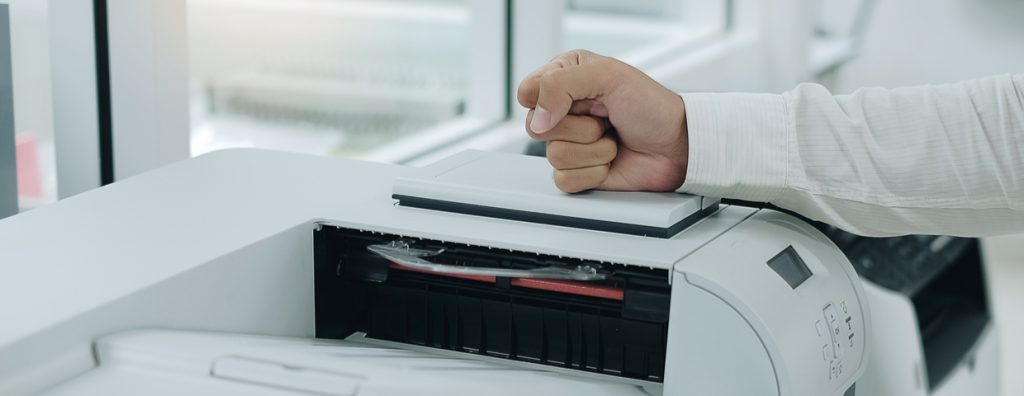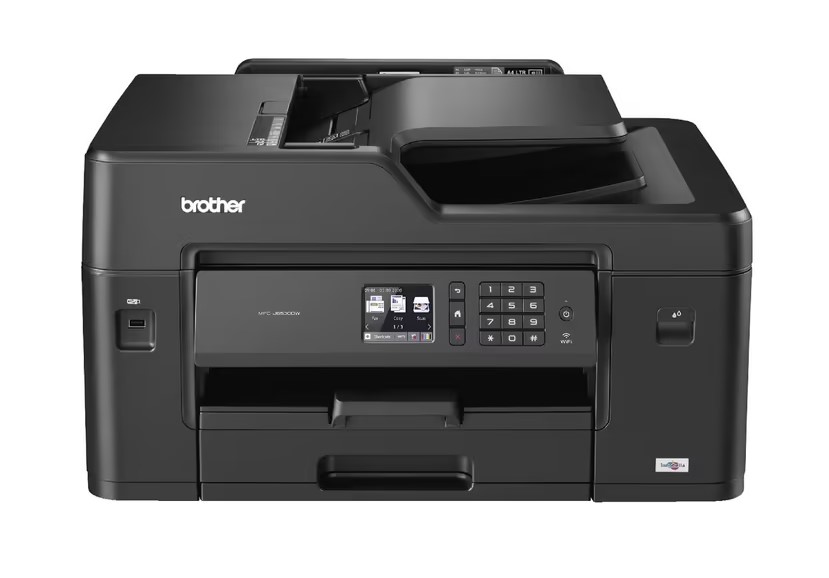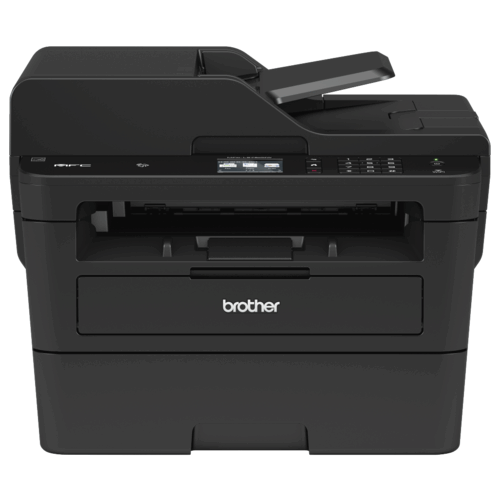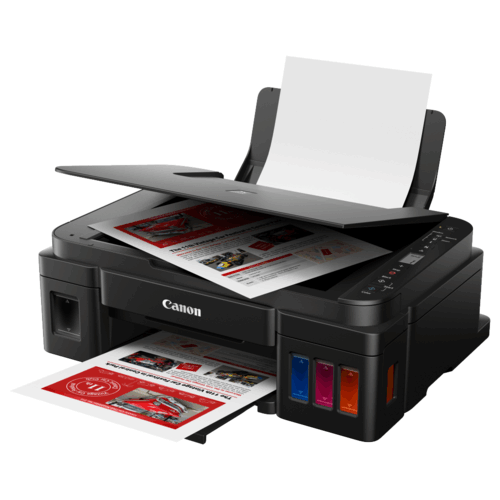Common Printer Problems and Their Easy Solutions
Your printer has one job to do, and that is to print your essential data efficiently. If it fails to do its job correctly, it is understandable that you have to fix it. Sometimes the issue may seem more significant, but in reality, only some minor changes in your printer can help you fix the issues.

Printers are a handy machine, but they can cause trouble that needs to be fixed. There are different kinds of printers in the market, and all of them require a little different fixing. However, some issues are the same everywhere.
In this article, you will be getting some detail and information about your printer. You have spent a handsome amount of money on it. So, it is essential to take care of it as well. Anyone can fix some printer problems, but if you think you cannot fix it or the issue seems more significant, it is always good to call for professional help.
Let’s discuss some of the common problems you might face with your printer and how you can fix them.
1. Slow Printer
We hear you screaming, “You have one job to do. Be fast” to your printer. But this is not going to help you in any way. If you are using an old-fashioned printer, you can not do anything. But if your printer is getting slow gradually, there might be an issue that you can fix.
Slow printers are usually a result of a few things that you need to check, like high paper quality, connectivity issues, or printer rollers malfunctioning.
SOLUTION
Norms computer suggest few things that you can do to make your printer works faster like before is:
- Change the printing quality to medium or low from your computer.
- Decrease the number of pages
- Make sure that not many people are using the printer if you are using a wireless printer.
- Fill in the cartridges with ink.
If you are still facing the issue that your printer is working slowly despite looking for all the things mentioned above, don’t hesitate to get in touch with a professional to look at your printer. It is most likely that you have some issues with the printer rollers.
2. Very Light Ink
We all have faced those days when the printer prints very lightly on the pages. The ink is so light that it gets hard to read sometimes. This is the issue that every printer owner faces. And there are some very easy solutions for it.
Solution
- Check the Ink cartridges of your printer. It is more likely that you have run out of ink, which is why the printer is printing so light.
- Increase the density of your ink toner by going to the settings on the computer. Adjust the “TONER DARKNESS” from your computer, and that can fix your issue.
- If you are printing on something other than white paper, you have to “PAPER TYPE” settings from the computer. It can help you fix the issue.
HP has provided simple guidelines to its users so you can resolve the Light Ink issues. Please have a look at it.
3. Ink Smudging on the Paper
Nothing is more annoying than getting ink smudges on the paper. Usually, a printer does not print anything else that you asked the printer to do. But if you see some extra lines and dots, there can be a few reasons behind it. But no worries, we got many solutions for you, so let’s double-check them.
Solution
- The first problem can be your paper. If the paper is not of good quality, it can cause trouble with ink smudges. So make sure you use good quality white sheets.
- Ink smudges can also be due to leakage or a dirty copyreader. Try cleaning the copyreader with a cloth and glass cleaner, or check the ink cartridge for leakage.
If you still see marks and smudges on the paper, call a professional to help and check your printer thoroughly.
4. Paper Jams
Paper jams are not common nowadays but still appear sometimes. Getting your essential document stuck in the printer machine can be a lot of exhausting. But we have come up with a few solutions that can help you if you are still facing paper jams.
Solution
- The most common problem can be the misalignment of the papers. Make sure that the papers are correctly placed and aligned. Also, do not overfill the tray with papers, or you can face paper jams.
- Check the troubleshooting section of the printer’s user manual if you still face the issue.
- Clean the dust and dirt from the inside of the printer because it can also be a reason for paper jams.
If you want to clean the printer from the inside, you can always learn it. Here is a tutorial that can help you clean the printer from the inside.
5. Printer not Receiving the Commands.
Your printer not listening to you or being unable to receive your commands can be very frustrating. It can be because of many problems. If you are using a wireless printer, keeping the printer close to the router can smooth down the receiving of commands.
Solution
- Make sure that the computer is turned on and connected to the computer.
- Disconnect your printer with the computer, restart it and connect it to the computer.
- Check your computer network and see if your computer is connected to the Internet.
Best Printers to Buy
If you are still looking for a good quality printer and are confused about which one to buy, we are here to help you a little more. We have seen and checked many printers as computer experts, but a few that stand out are mentioned below.

Brother Wireless A3 Inkjet MFC Printer MFC-J6530DW
Wireless connectivity allows you to print, scan, copy, and fax wirelessly with the Brother Inkjet MFC printer. This printer can print on both sides and can be used with A3 paper sizes. It is a great addition to any workplace.

Brother Wireless Mono Laser MFC Printer MFC-L2750DW
This Brother Wireless Colour Laser MFC Printer is portable and can be used to print from any location. The multifunction design allows you to print, copy, scan, and fax standard A4 documents. The LCD touchscreen LCD display is 3.7 inches in size and allows for intuitive navigation.

Canon PIXMA Endurance A4 Colour Inkjet MFC Printer G3610
This Canon PIXMA G3610 MFC printer uses an ink bottle system instead of traditional cartridges. This makes it easier to refill and eliminates the need for additional cartridge waste. This high-volume ink tank makes it easy to produce high volumes of prints. This printer prints stunning documents at 4800×1200 dpi. This printer can be upgraded to get even faster prints.
We Are Here For Help!
Geeks Callout is here to save you from all the computer and printer troubles. If you face any printer issues that require professional help, don’t hesitate to get in touch with Mater Computer to book an appointment.
We not only fixes the issue but also guides you on how you should work if some problems occur with the printers. We have a professional team that knows everything about tech. So get your hands on the best computer and printer experts in Perth to fix all the problems you are facing.
Do not let the problems stop you. Hire Geeks Callout to get the best help for your computer and printers!

